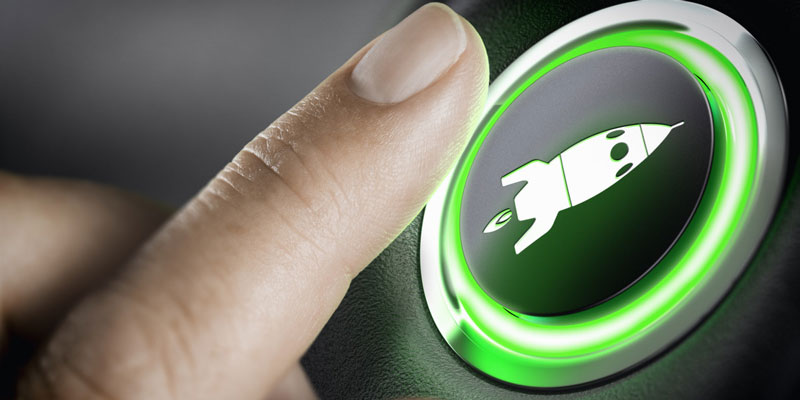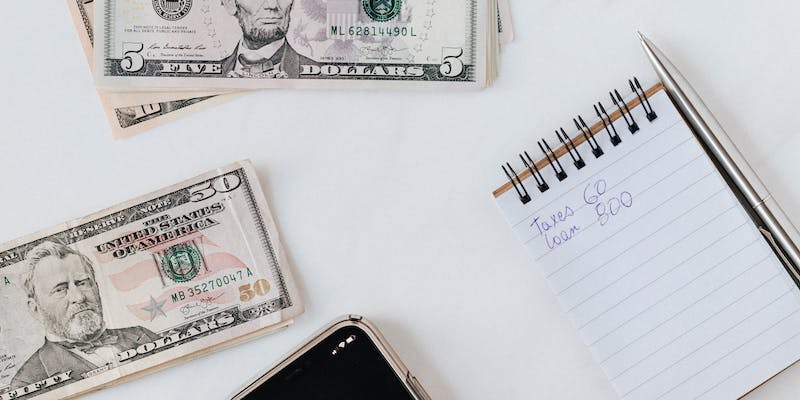IOSCO’s global stablecoin program
Dec 13, 2023 By Ken Becher
The value of early cryptocurrencies such as Bitcoin fluctuated greatly. Even mainstream currencies such as Bitcoin and Ethereum have experienced a market price fluctuation of 30% within 24 hours and thus they were criticized by the market. So people designed the stablecoin to stabilize the price of cryptocurrencies by anchoring substantive value. Generally, there are three ways to achieve this: the first is to anchor the legal currency, the second is to anchor corporate assets, and the third is to achieve currency stability through the company's credit guarantee.
Stablecoin does not have a legal definition. It is more often a broad term which covers different types of assets. IOSCO stated in the report that stable coin is an encrypted asset rather than an encrypted currency, that’s because many assets generally do not conform to the core economic standards of currency, which are the functions of measure of value, means of hoarding and medium of exchange. The stablecoin program aims to create a global, efficient and accessible store of value and means of exchange.
Stablecoin can take many forms and can anchor the following assets: (1) legal tender (2) other real-world assets (3) other encrypted assets (4) assets controlled by algorithms. Crypto assets can use algorithms which simulate monetary policy to achieve specific goal of crypto asset currency. According to its structure, stablecoins exhibit the characteristics of different financial instruments and services. Therefore, many stablecoins, despite their name, are actually not stable and are not currencies in the true sense.
IOSCO's report assumes that a company to design a platform, using distributed ledger technology to issue a "coin", which is intended to serve as a stablecoin and as a means of exchange for the company's platform. The value of this "coin" is guaranteed by the reserve fund in the company's account. At the same time, the company operates a licensed blockchain and uses the consensus mechanism to record its transaction and ownership information. In addition, there are some others involved in the operation of the stablecoin, which includes intermediaries, such as market makers, liquidity providers and other authorized participants. These people will play a role in creating and redeeming coins, making deposits in and receiving payments from the reserve fund.

What Exactly Are Pain and Suffering?

Understanding Pet Wellness Plans: Ensuring Coverage for Routine Care

What Are Best Endeavors?

Who's Excused from Paying Social Security Tax? All You Need To Know
Boosted Sales Through Advertising Leads Clorox to Raise Profit Guidance
Investors Push Microsoft, Meta for Returns on Billion-Dollar AI Bets

What Is A High-Yield Savings Account?

From Beans to Business: The Journey of Starting a Coffee Shop

Unlocking the Mysteries of Credit: How Your Credit Limit Can Make or Break Your Credit Score

